How To Make AP (All-Purpose) Flour From Fresh Milled Flour
How To Make AP (All-Purpose) Flour from Fresh Milled Flour. Can this even be done? The answer isn’t as simple as you might think. In this post I will share with you a simple blend of freshly milled flours that will work in most recipes that call for “All-Purpose” flour. However, it is important to note, that this blend will not work great for breads, or anything you need a lot of gluten structure for. SO, let’s dive in together to learn how to make AP flour with fresh milled flour.

If you are a visual or auditory learner, I share most of this info in video form, and I invite you to watch that video HERE.
What Is All- Purpose Flour? Can You Make It With Fresh Milled Flour?
Firstly, to understand if All-Purpose (AP) flour can be made with fresh milled flour, we need to dive in and know what exactly AP flour is. This flour is a blend that was created to be used for most home bakers. In the commercial processed flours, this tends to be mostly hard wheat with some soft wheat.
So, to make a decent AP flour from freshly milled wheat berries, a 50/50 blend of hard and soft wheat would be pretty comparable. However, I have found there is another blend that I love to use, and this blend I created calls for a special ancient grain.
How To Make AP (All-Purpose) Flour from Fresh Milled Flour
I am going to share my favorite blend to use in almost any recipe (aside from breads, that we may have to cover a different day!) So, I like to use the traditional hard and soft white wheat, but I throw in an ancient grain.
If you have been following me on Facebook, HERE or watching my Youtube Channel, HERE for any amount of time, then you probably already know what grain I am talking about. And, this special grain is called… Khorasan Wheat. Well, Khorasan wheat, is sometimes referred to by a brand name of Kamut.
I share some info about Kamut in my Pasta recipe post if interested, HERE.
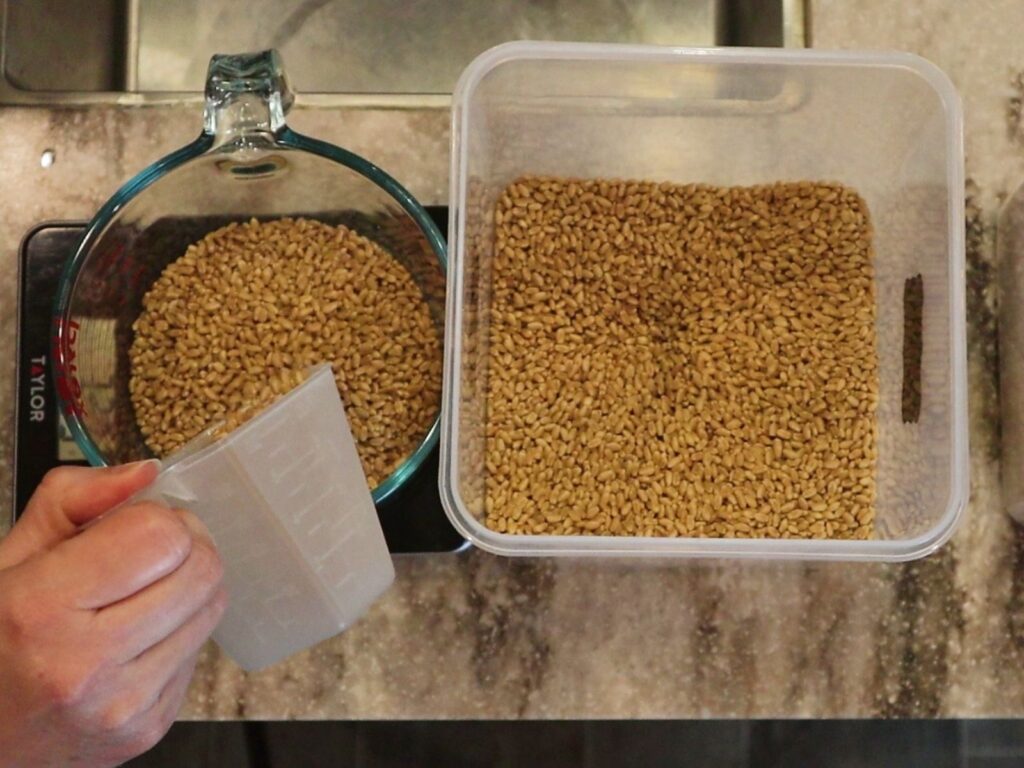
GISP (Grains In Small Places) AP (All-Purpose) Flour Blend from Fresh Milled Flour
My special blend is an equal amount – 1/3 of each of the following wheat berries. I will use this in most recipes that are not already written for fresh milled flour, except for bread recipes.
- Hard White Wheat
- Soft White Wheat
- Khorasan Wheat (Kamut)
This blend may not work for all recipes, but I find it does a pretty good job, especially if you go by weight in grams. I like to weigh my wheat berries on a digital scale, and when I mill the wheat berries, I know that I will have that amount of flour in grams. (*This does not work with volume.)
In other words, 100g of wheat berries = 100g of fresh milled flour. BUT, 1 cup of wheat berries does NOT equal 1 cup of fresh milled flour.

Are There Any Substitutes For These Wheat Varieties?
So, some substitutions for the wheat varieties in this AP flour blend include:
- You can substitute hard red for the hard white.
- Soft red, barley, oats, quinoa, rice, etc can be substituted for the soft white wheat.
- Spelt, Emmer, and Einkorn can typically be substituted for the Kamut.
Do I Need Special Recipes For Fresh Milled Flour?
I get this question a lot, and the answer I recommend is to start out with recipes specifically written for fresh milled flour. Even if you are an experienced baker. Because, fresh milled flour behaves very differently than commercial processed flour. It doesn’t like to play by all those rules, lol.
Once you master a recipe written for fresh milled flour, then you will start to learn how it behaves, how it looks, feels, and the texture the dough should be. Now, you are ready to start trying out Grandma’s secret recipes, or recipes you find written for regular flour. Because, now you have to tools, and skills to go by what the dough is telling you.
Since you invested the time and energy into learning this new skill, now you can feel the sense of accomplishment when that new recipe turns out amazing! And, you have yourself to thank for this achievement.
The great news is that I am here for you while you are learning these new skills! I built this very website for the purpose of sharing recipes, that I created from fresh milled flour. Also, I am adding new recipes every week!

Join Me And Other Like Minded Bakers!
Also, make sure to join the Free Facebook Group Fresh Milled Flour, HERE you can show pictures of your bakes, ask questions, and find others who also love baking with fresh milled flour. I share my new recipes there as well!

Ingredients To Make AP (All-Purpose) Flour From Fresh Milled Flour
- 1/3 cup hard white wheat flour 43g
- 1/3 cup soft white wheat flour 37g
- 1/3 cup Khorasan wheat flour 40g (Kamut flour)
Instructions To Make All-Purpose (AP) Flour From Fresh Milled Flour
- Weigh out each wheat berry, and mill them into flour. This combo should give you 1 cup of fresh milled flour (120g). So, you may need to mill more depending on the recipe.
How To Store Fresh Milled Flour After Milling
While it is best to use freshly milled flour as soon as possible. This is because the flour starts oxidizing as soon as it is milled, this causes nutrient loss to happen fairly quickly. While it is not necessarily unsafe to store fresh milled flour, it is advisable to use it right away, or to store it in the fridge for up to 1 week, or the freezer for up to 1 month. Fresh milled flour can does rancid, because it contains all the nutrients, and healthy oils like Vitamin E and B complex. You can also find more info at Bread Beckers website on this.
Shop This Post
Grain mill Nutrimill (Use Coupon Code: Grainy for $20 Off yours)
Hard White Wheat (Small Amount)
Soft White Wheat (Small Amount)
Kamut (Small Amount)
Kamut (Bulk)
Check Out Some Of My Fresh Milled Flour Recipes
Fresh Milled Flour Recipe Index
Sourdough Chocolate Chip Cookies

How To Make AP (All-Purpose) Flour from Fresh Milled Flour
Equipment
- 1 flour mill
Ingredients
- 1/3 cup hard white wheat flour (43g)
- 1/3 cup soft white wheat flour (37g)
- 1/3 cup Khorasan wheat flour (40g) (Kamut flour)
Instructions
- Weigh out each wheat berry, and mill them into flour. This combo should give you 1 cup of fresh milled flour (120g). So, you may need to mill more depending on the recipe.
Video
Notes
*This post contains affiliate links, which means I make a small commission at no extra cost to you! As an Amazon Associate I earn from qualifying purchases. But, I will only suggest items I actually Love and Have Used!

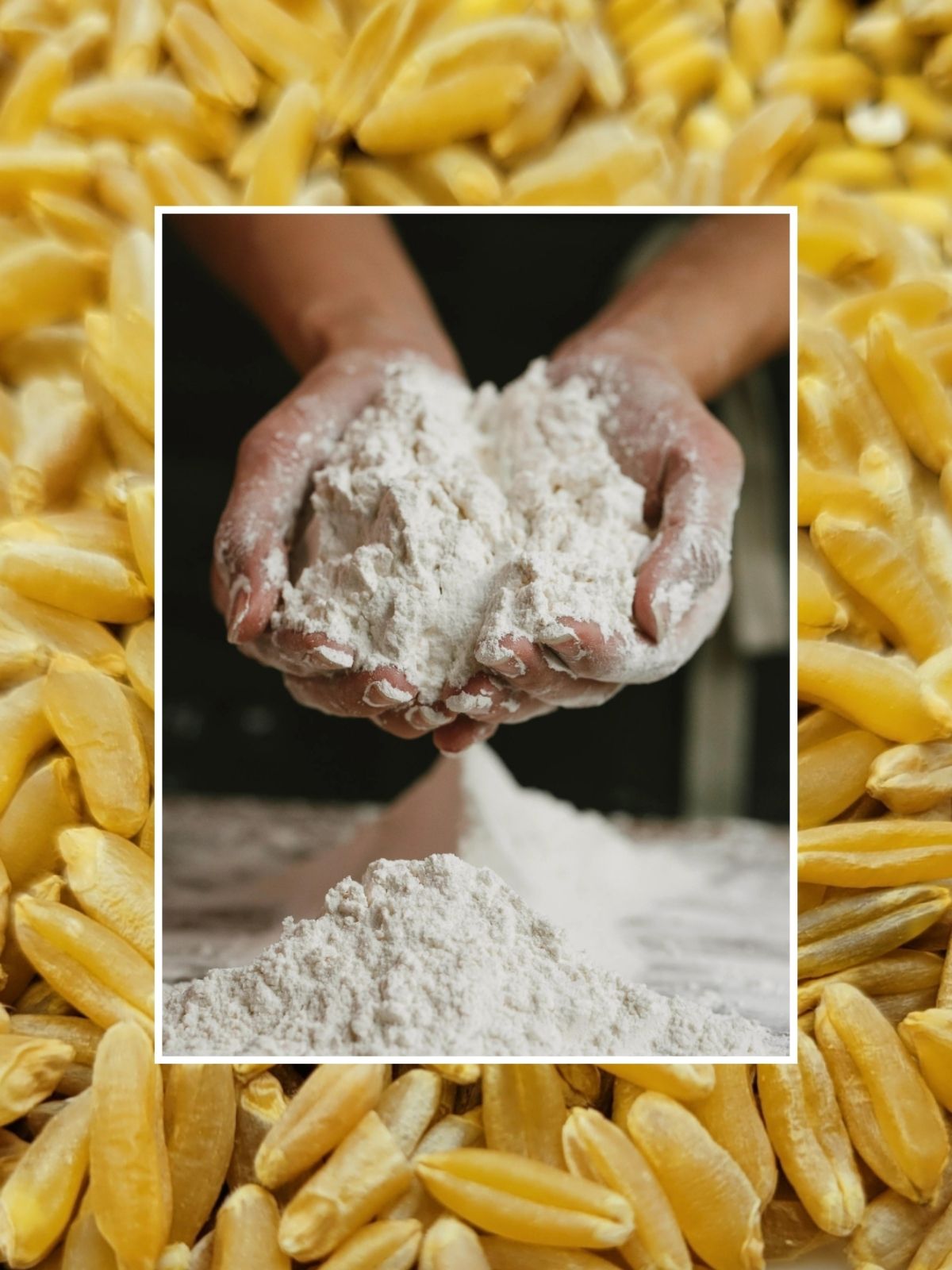

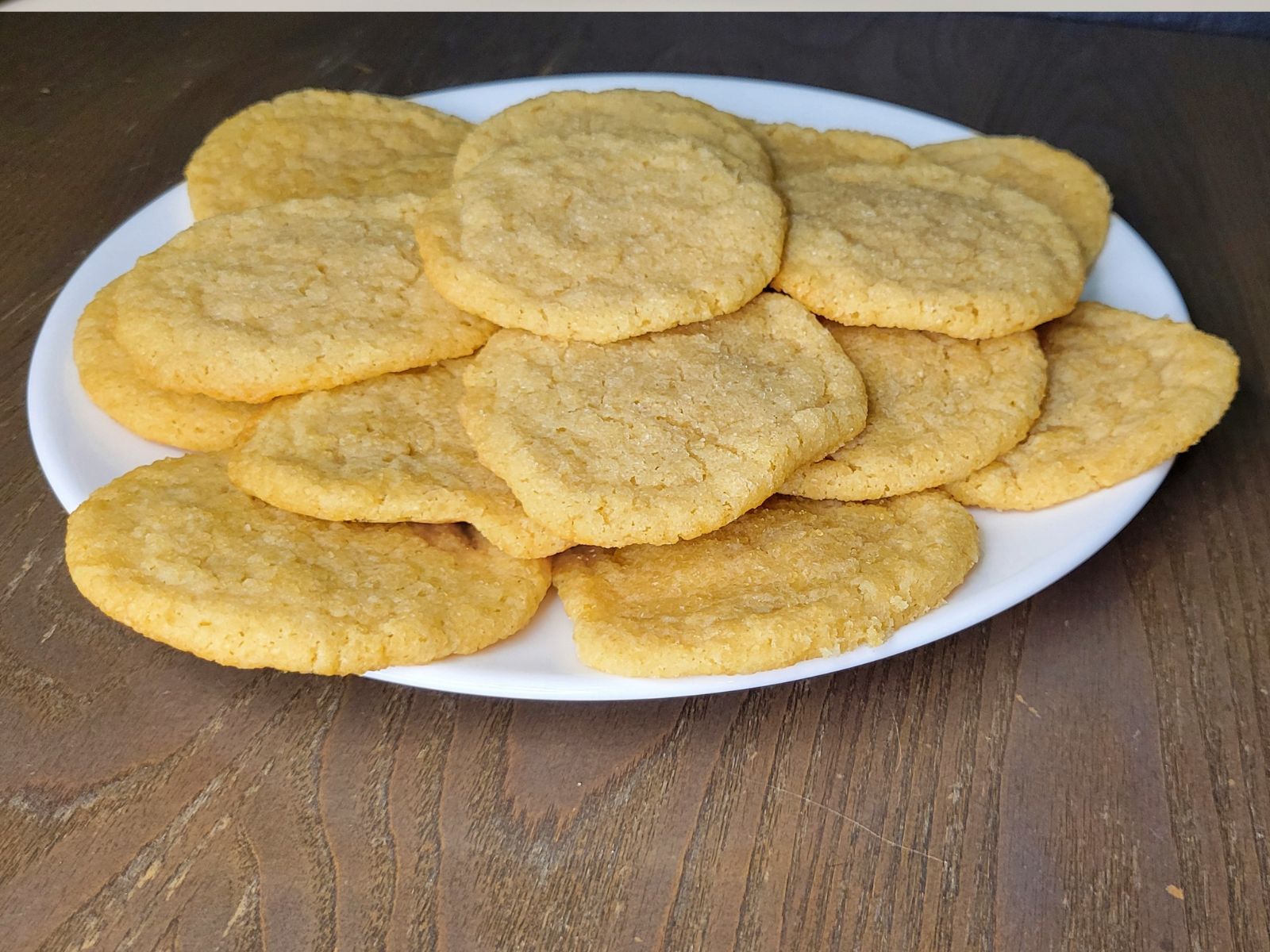
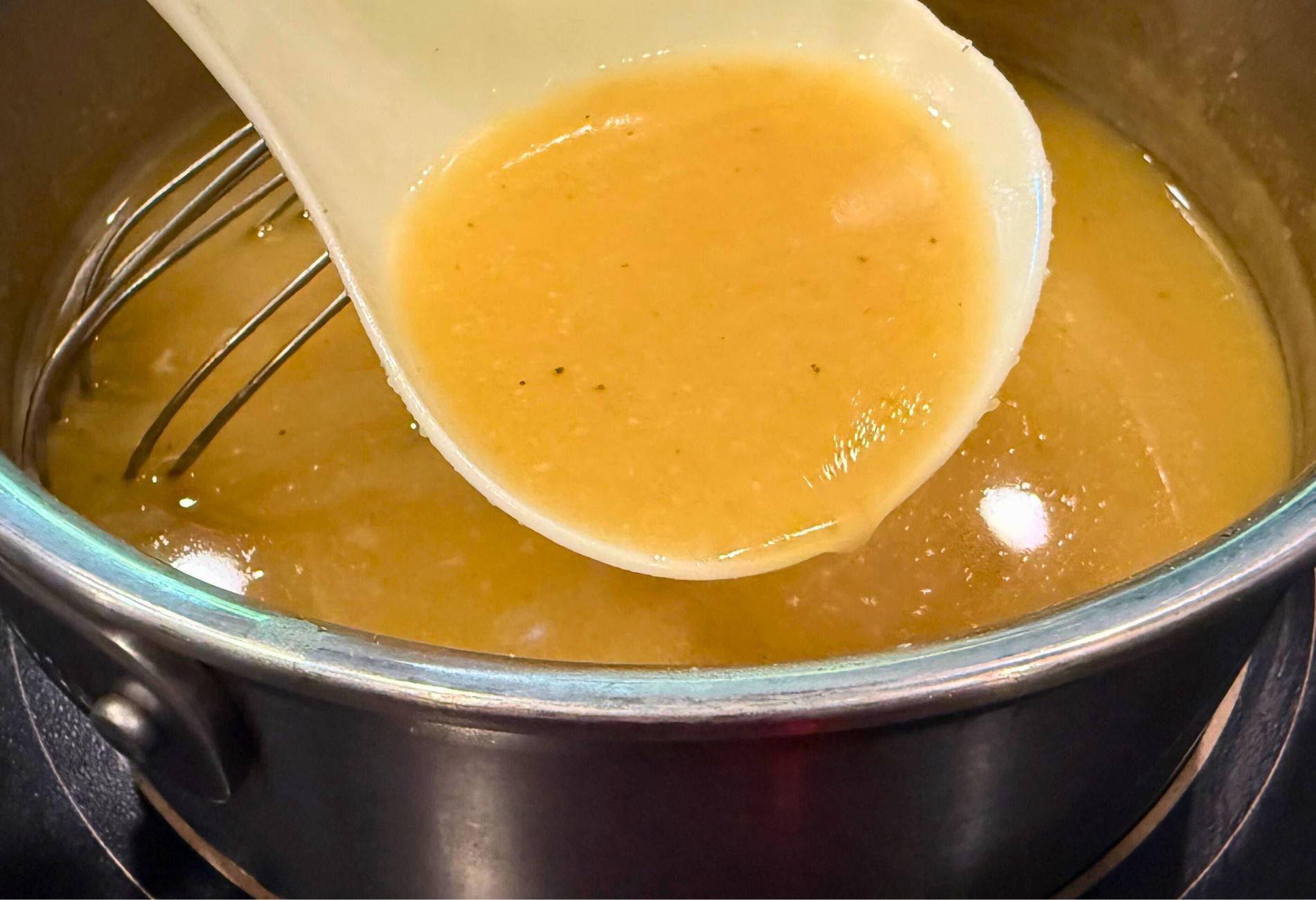
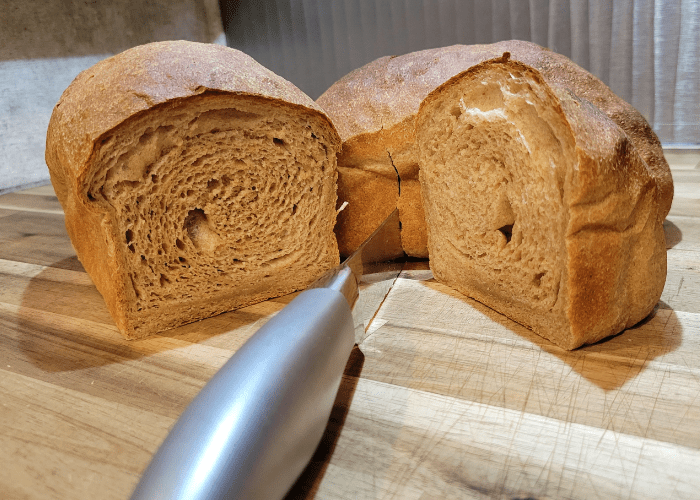

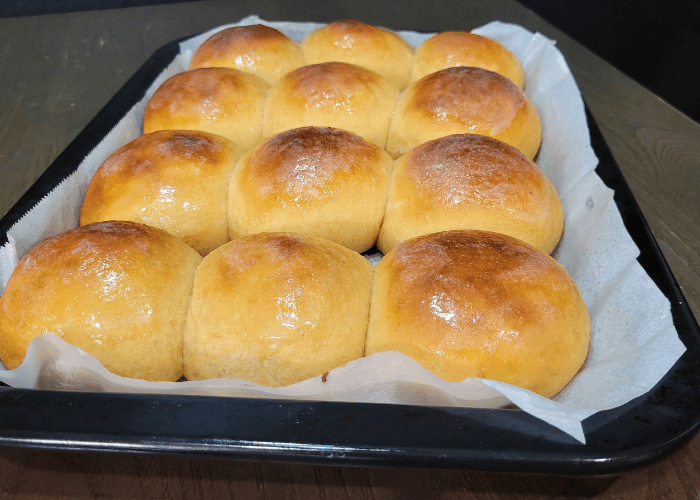
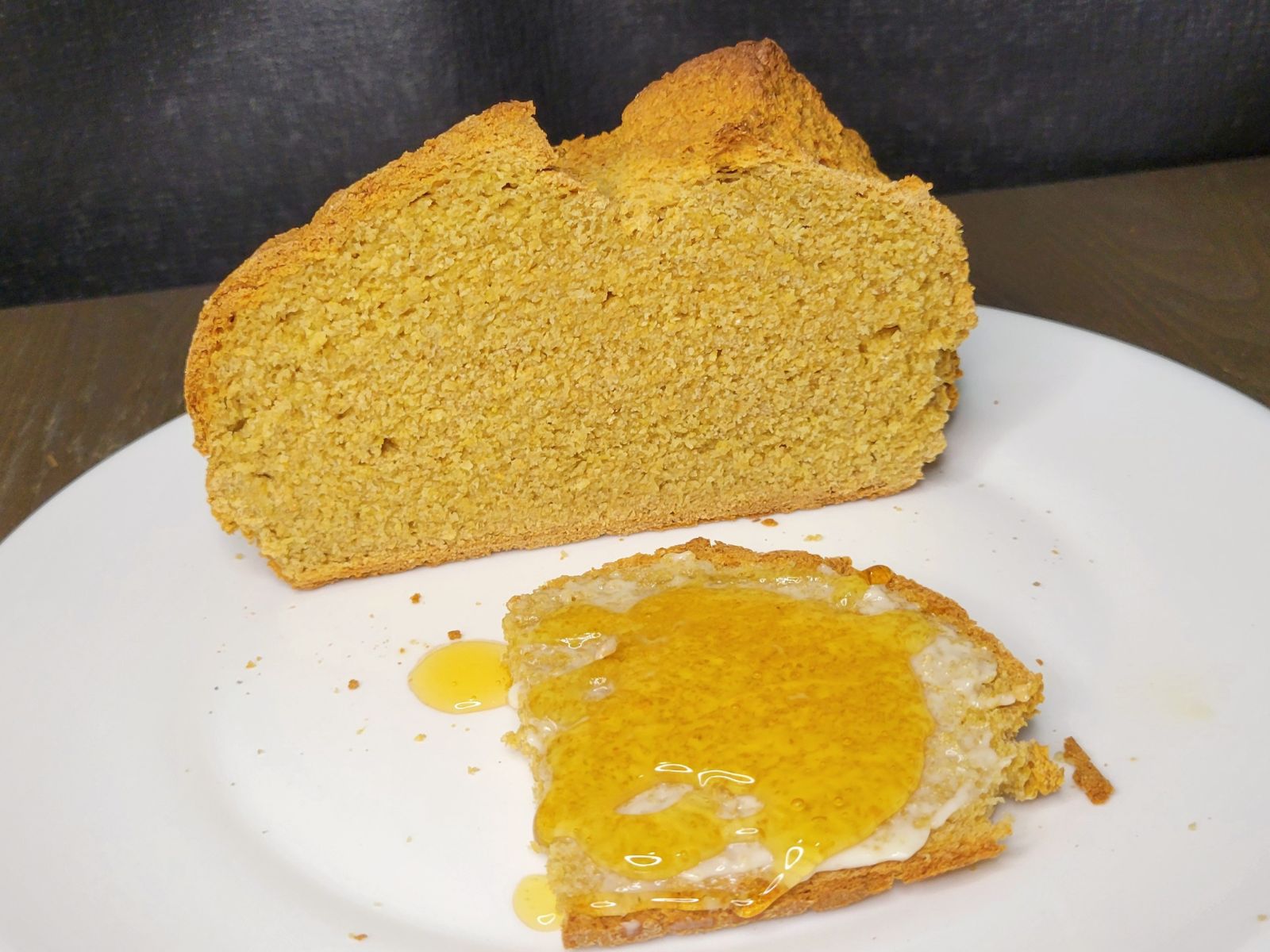
Thank you thank you thank you!! This is exactly what I have been looking for. I do not use any AP flour and was using soft white as a sub. This will make good use of my khorasan flour as well and provide more nutrients and flavor. I will try this soon!
I am so happy to hear this was helpful! Thank you so much!
If this blend doesn’t work well for breads, what do you suggest to use to get a fluffy sandwich loaf ?
I suggest my every day sandwich bread! It is light and fluffy, but I recommend you watch the video that goes with it! I also have a video that goes with this AP flour blend post explaining why it doesn’t work for breads. Here is my sandwich bread recipe, which has my favorite bread flour blend. https://grainsinsmallplaces.net/everyday-sandwich-bread-made-with-fresh-milled-flour-easy-recipe/
Here is the video tutorial for the sandwich bread. Happy Baking! https://youtu.be/Ythxqi_gu0w
Do you have a blend for bread flour. I love mixing my flours up but would like one for bread too
I do! Here is my bread flour video. https://youtu.be/TdxdB7PquSA?si=qdqjwurlAI9JLONm
Also, my daughter makes a magnet with my bread flour, AP flour, and cake flour for a quick reference if interested here- https://www.etsy.com/listing/4394903997/grains-in-small-places-fresh-milled
Would this blend (with Spelt as I’m waiting on my kamut) work for an Irish soda bread? Thank you!
Yes, you can sub spelt in for the Kamut! Let me know how it turns out!
Do you think your all purpose blend would work for a Detroit style pizza crust that has traditional all purpose in the recipe? I made it replacing with hard white wheat but would like more rise. Maybe more water and diastatic malt powder would do it? And advice would be greatly appreciated!
I would honestly still use my pizza dough recipe, and make it thicker. You need mostly hard wheat for yeasted dough to get nice stretchy dough. This pizza recipe makes a nice thick crust pizza, and it has a nice rise. (This is the recipe I also use for focaccia which is a thicker style crust as well.)
https://grainsinsmallplaces.net/pizza-dough-fresh-milled-flour/
I used this ratio tonight for a casserole cornbread topping recipe. I also did fresh ground corn for the corn meal as well. it was very good! Perfect texture and wonderful flavor! Win/Win!
Thank you so much!
No nasty Jiffy boxes for us! lol
Lol!
Yum! Sounds delicious! Thanks for sharing! 😊
What was your cornbread recipe please!
I don’t have a cornbread recipe yet, I have it on my list to get to however! 😊
Will your all-purpose substitution recipe using soft wheat, hard wheat, and Kamut work for a sourdough banana bread?
Thank you!
Yes, it will work for most quick bread recipes. I do have a sourdough banana bread if interested already written for fresh milled flour. https://grainsinsmallplaces.net/sourdough-banana-bread-made-with-fresh-milled-flour/
If I’m converting a recipe to fmf using this blend is it cup for cup?
Yes, in theory it is cup for cup, but some recipes may need slight adjustments. This blend is not recommended for breads or anything you need nice stretchy dough for. For breads I recommend my favorite bread flour combination. https://youtu.be/TdxdB7PquSA
If you are converting a favorite family recipe calling for all purpose flour, what would the conversion be? I have used many of your recipes and love them but want to start converting some favorites. Thank you for all of your help getting us on our FMF journeys!
I share some info on how to convert AP flour recipes here. https://youtu.be/ZfljrcQ1svQ
Then I also have my favorite bread flour mix as well for recipes you need gluten formation (stretchy dough) to make. https://youtu.be/TdxdB7PquSA
I look forward to trying this, thank you so much! My question is, do you know how best I can convert to ounces? I have a vintage scale, which I use all the time in the kitchen, but I’m not sure how best to convert – grams to ounces (using a conversion calculator online) or cups to ounces (measure myself then weigh, then use that number going forward). Do you happen to know which method would be most accurate? Thank you! I’m looking forward to checking out your YouTube!
Hmmm, I have not played around with ounces and grams conversion. I am seeing 1 ounce says it is equal to 28.35 grams. So, try diving the total grams by 28.35 and that should equal the amount of ounces by weight you would need. I do think this may not be a reliable way to measure, and it may be worth it to grab a cheap kitchen scale with grams for more accuracy. I grabbed mine for under $13 online here. It looks like it is on sale for $10.99 right now. https://amzn.to/3RuInJ3
If you prefer not to purchase online, I have seen this same scale in many local grocery stores as well. I hope that helps.
What do you think about this mixture for yeast rolls?
Rolls need a higher amount of gluten so I would recommend mostly a hard wheat. I have a wonderful yeast roll recipe if interested. https://grainsinsmallplaces.net/sweet-yeast-dinner-rolls/
I’m going to try this in a copycat Hot Pocket recipe for the crust/bread, which doesn’t use any yeast.👍🏻 Thanks!
My question is: does this need time to hydrate, like FMF for bread?
Let me know how it goes. It is always a good idea to let the dough rest after mixing with fresh milled flour. It gives time for the freshly milled flour to hydrate, and the bran to soften a bit.
Hello Kara. Can I sift the bran from this recipie and still get great results ?
Thank you
You can sift if you wish, but I don’t find it necessary as long as you mill the flour pretty fine.